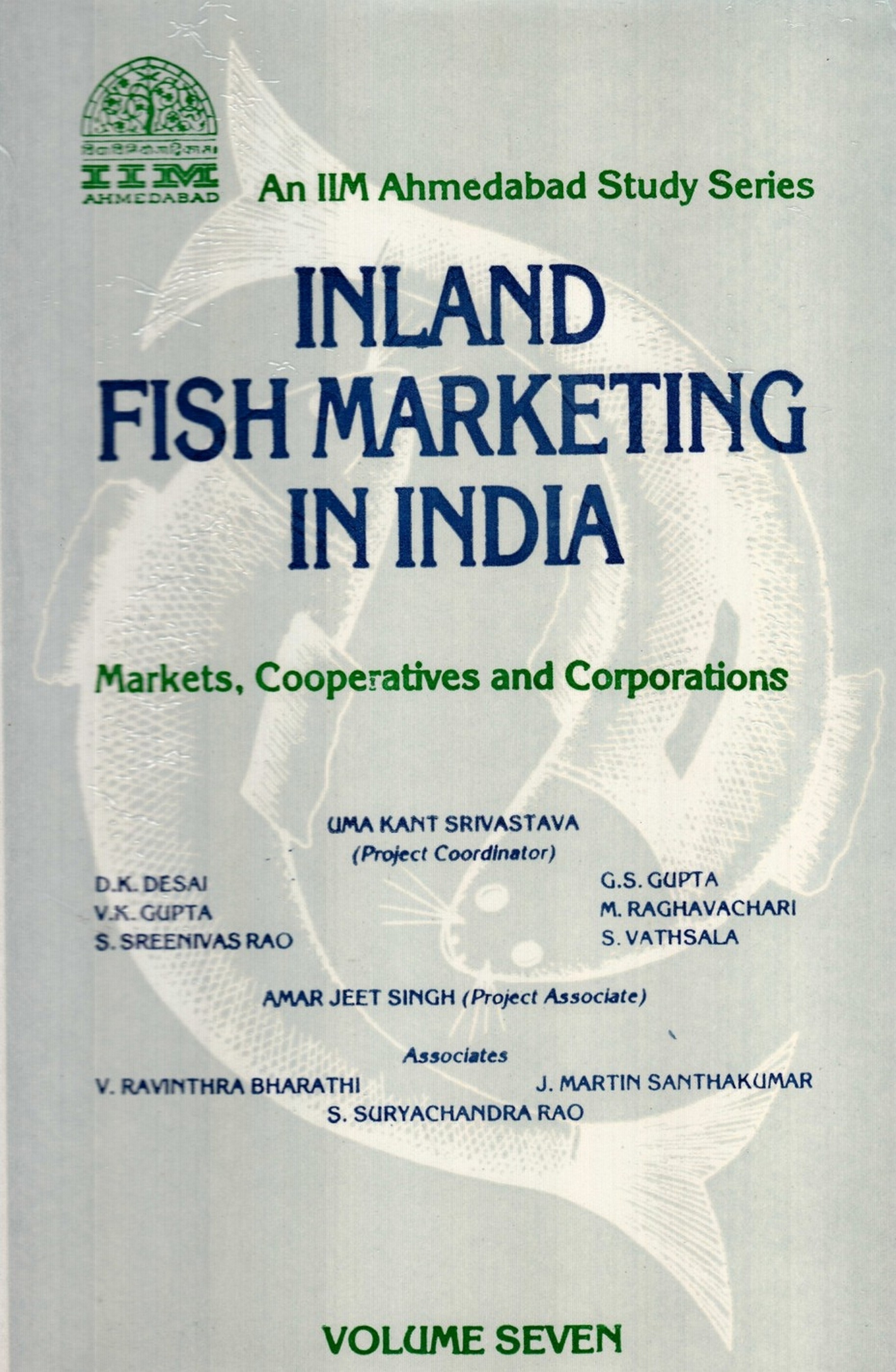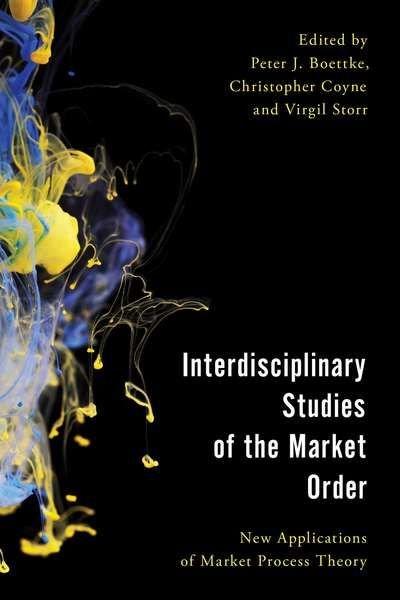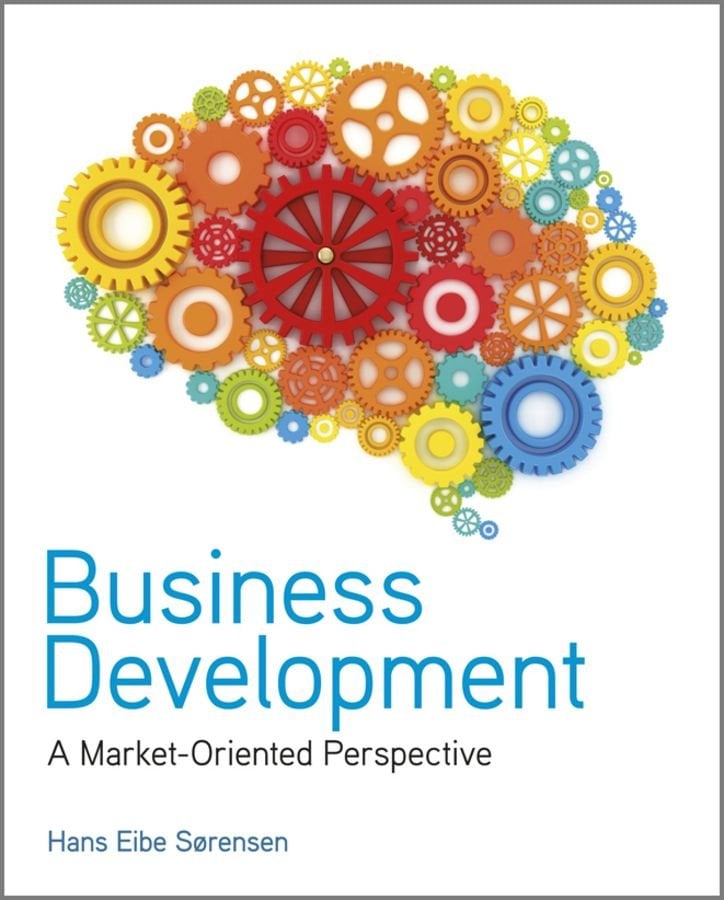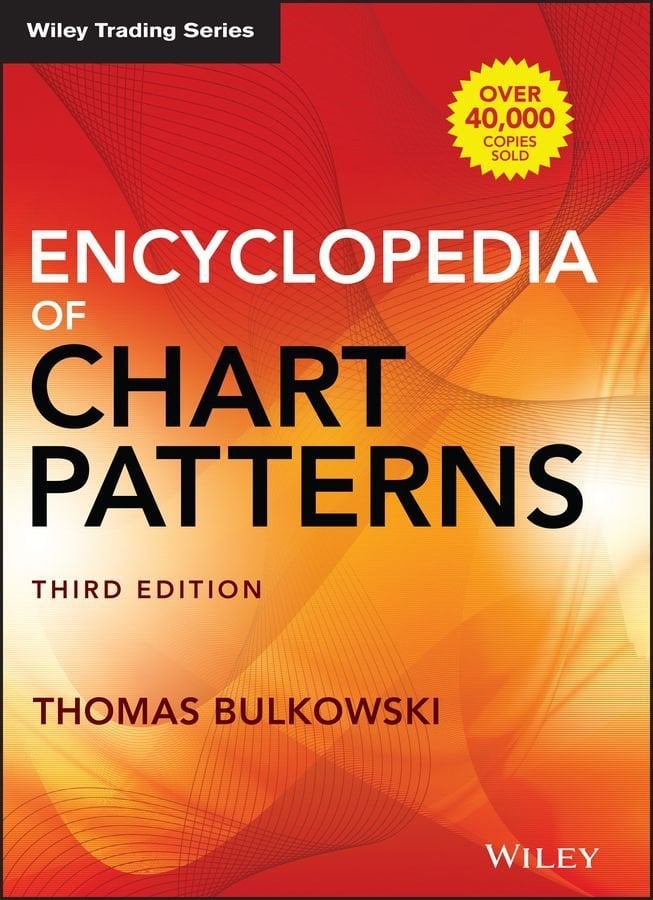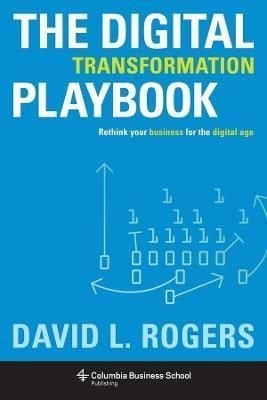Mergers and acquisitions (M&As) have been a preferred growth strategy of fums, becoming even more popular in recent years with U.S. companies. Often, transaction prices reach Ievels ofbillions ofEuros (e.g., Kraft Foods’ acquisition ofNabisco in 2000). It is noteworthy that the motives of such transactions are not limited to material assets. lmmaterial market-based assets, such as brands, have played an increasing role. Both practitioners and academics have widely recognized brands’ significance for companies. Until now, however, research has neglected to investigate the importance of market-based assets in M&As. This research provides a tool which can be used to quantizy the relative importance of market-based assets that are ofparticular interest in M&As. The contribution of this research is twofold. The first contribution is the examination of specific M&A motives in the U.S. food industry based on a sample of recently proposed M&As and their influence on shareholder value drivers. The second is the development and empirical application of a measurement tool. This tool is able to quanti:ty motives of particular M&A cases and their relative importance.




